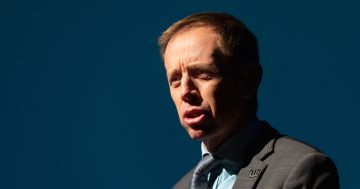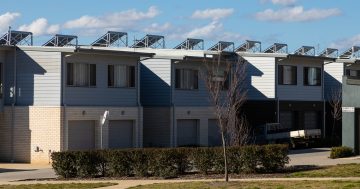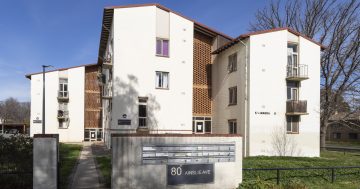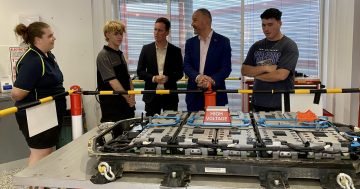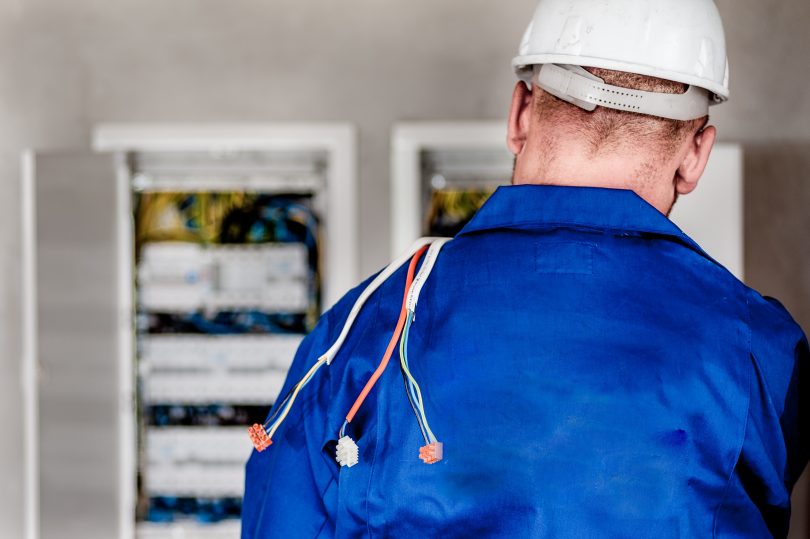
Building up Canberra’s base of electricians is a key focus for the next six years. Photo: File.
Exactly what policies and guideposts will be used in the Territory’s transition away from fossil fuel gas have been made public in the first Integrated Energy Plan.
The position paper outlines the draft plan of how the ACT Government wants to make the switch to full electrification, with feedback open for the next six weeks.
The goal is for the Territory to reach net-zero emissions by 2045, and Chief Minister Andrew Barr said a lot of clear, forward planning is needed to ensure this transition is successful.
“2045 does seem like quite a fair way away, but we’re acting now to ensure it is a gradual transition over multiple decades,” he said.
“Electrification requires a coordinated and planned approach … we need to maintain a secure, affordable and reliable energy supply for the city, so we need to do this carefully and over multi-decades.”
Community action has been identified as a key driver towards electrification thus far, with one in three Territory households using solar and just over a third of homes already all-electric.
Emissions Reduction Minister Shane Rattenbury said a key goal of the draft plan was to ensure there was a “fair and equitable” transition, which should include plenty of options for vulnerable people or those who wouldn’t be able to afford to switch from gas appliances.
“We know that community members will have useful feedback on our initial direction, and we invite Canberrans to have their say on the best pathway to creating a cleaner and more affordable all-electric future for our city,” he said.
The Integrated Energy Plan will be delivered in three stages, with the first spanning 2024 to 2030 expected by the start of next year.
The first plan is focused on allowing consumer-led change to continue while preparing the network for the expected greater demand for electricity as more people buy electric vehicles, batteries and rooftop solar.
“As the community begins to electrify, the cost of maintaining the gas network will begin to be shared by a decreasing number of people, leading to higher gas network costs,” the paper stated.
“Planning and review of current regulatory frameworks will be required to make sure the costs associated with decommissioning the Territory’s gas network over time are shared fairly and done in an economically efficient way.”
It’s expected as time goes on a staged approach to transitioning of fossil fuel gas may be needed, where the gas network is removed from entire areas in defined stages.
Building a reliable skills base over the next six years has also been identified as a key issue.
“We’re certainly going to need a lot more electricians, but there’s a range of skills we’re going to need in the city, and so developing that base of capable trades and other professionals who can work in this space is a really important part of that,” Mr Rattenbury said.
Industry action plans for the renewable and sustainability and the building and construction industries will be released by the government later this year, which are expected to outline government, industry and training organisation actions needed to support the immediate workforce and training needs, as well as prepare the industries for the future.
Supporting gas fitters to retrain in other areas has been proposed to be a key area of focus for the government.
Community consultation on the Integrated Energy Plan is open until 12 September.
















